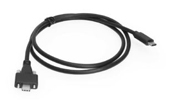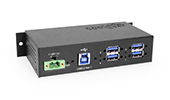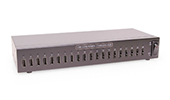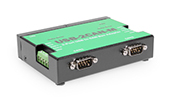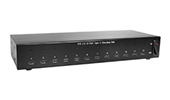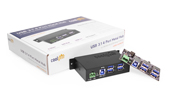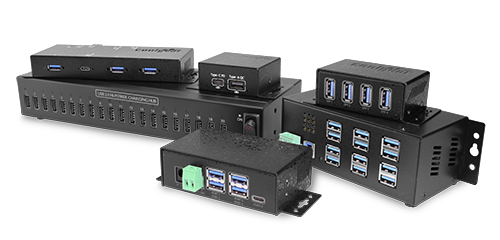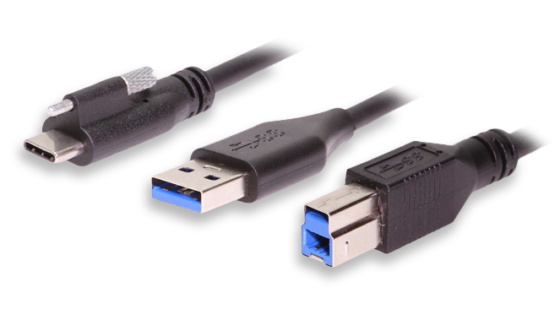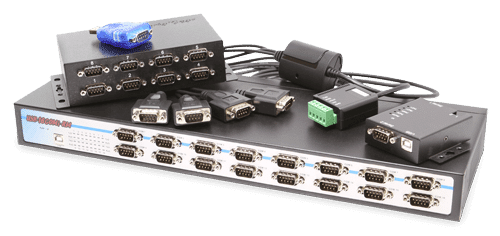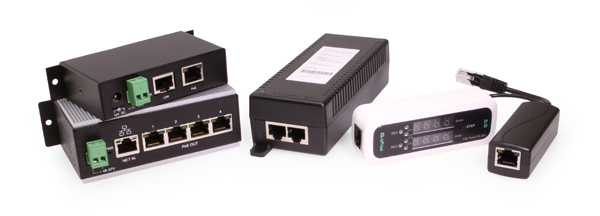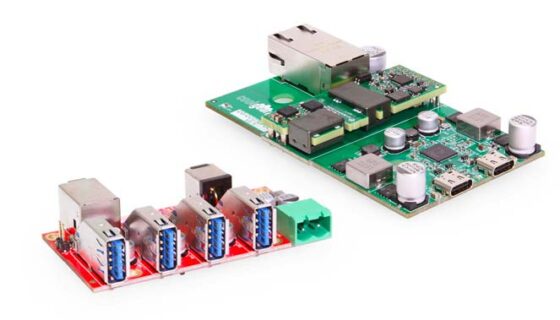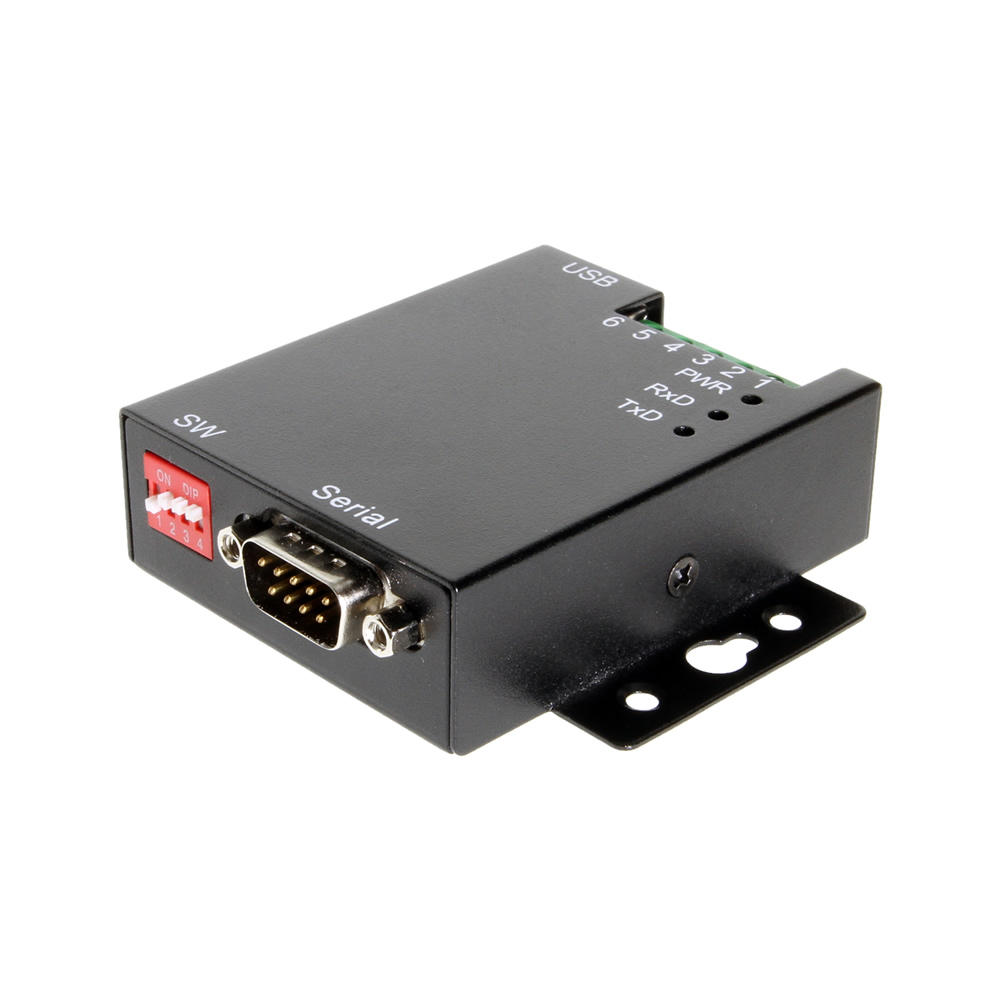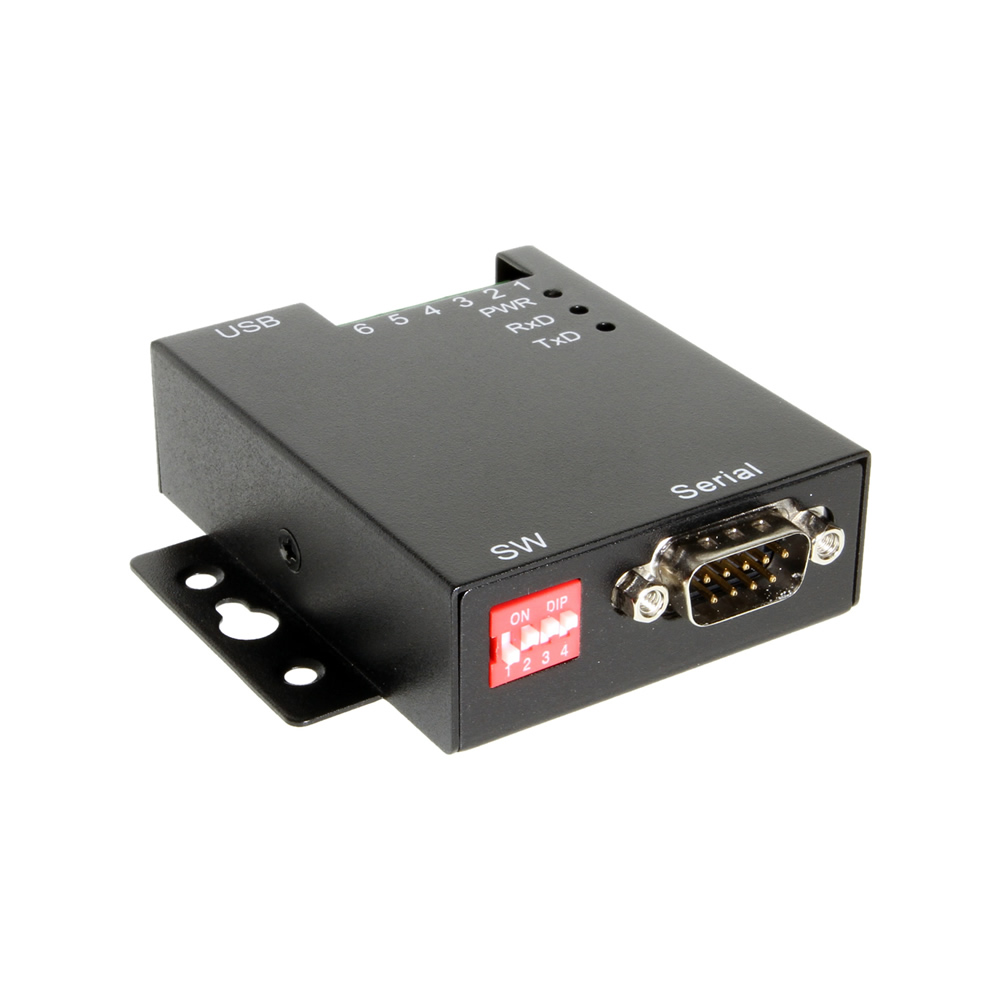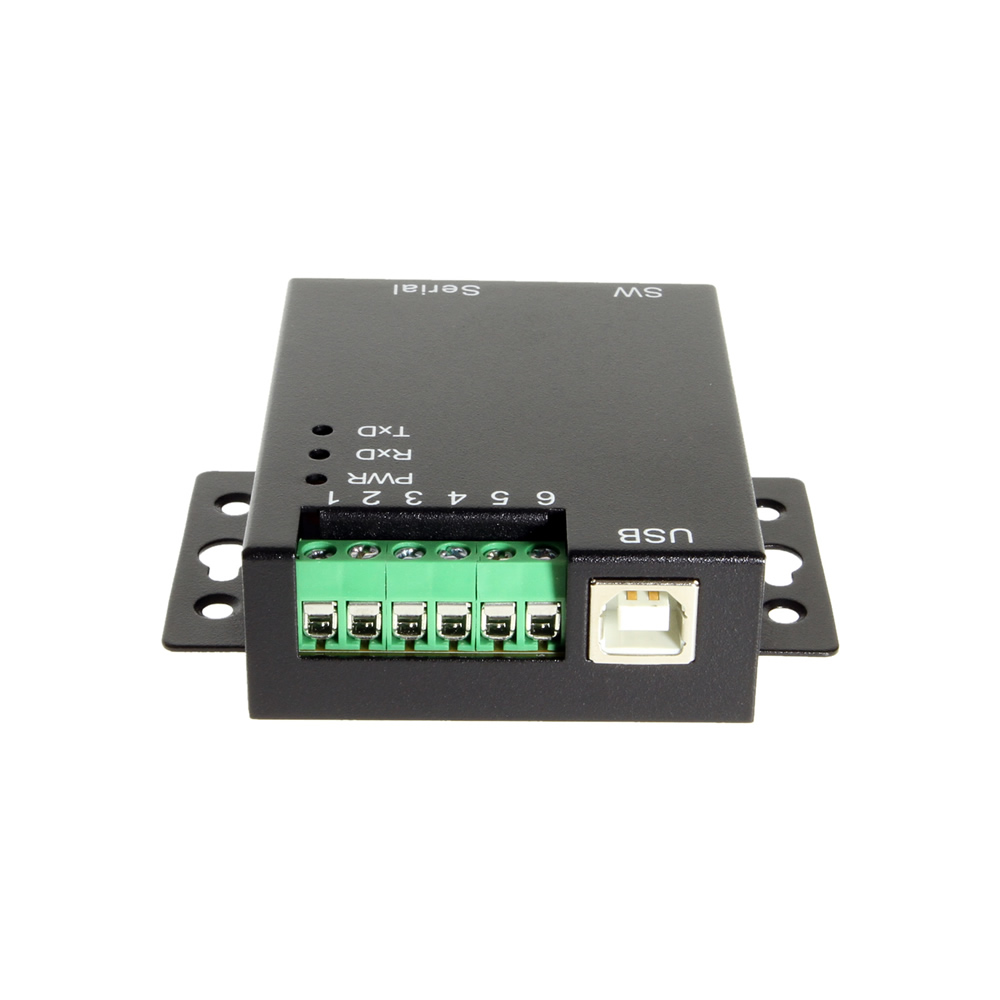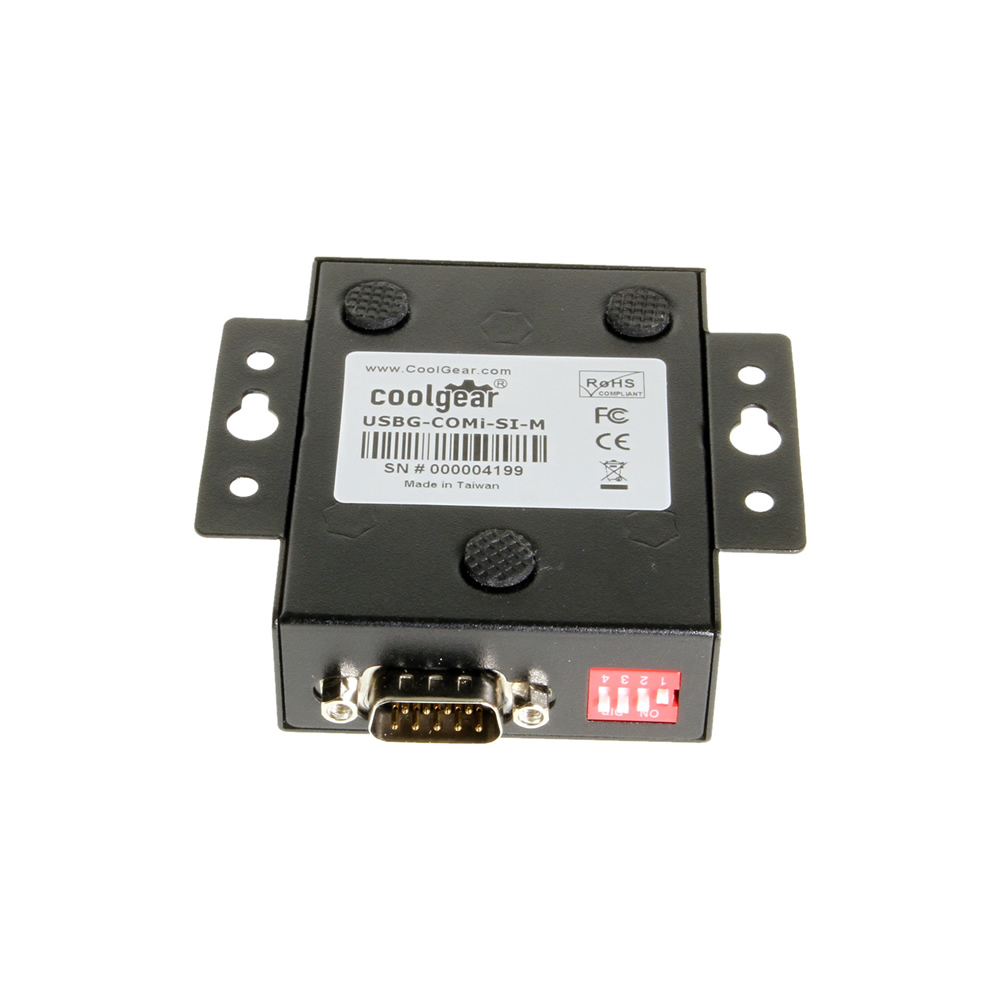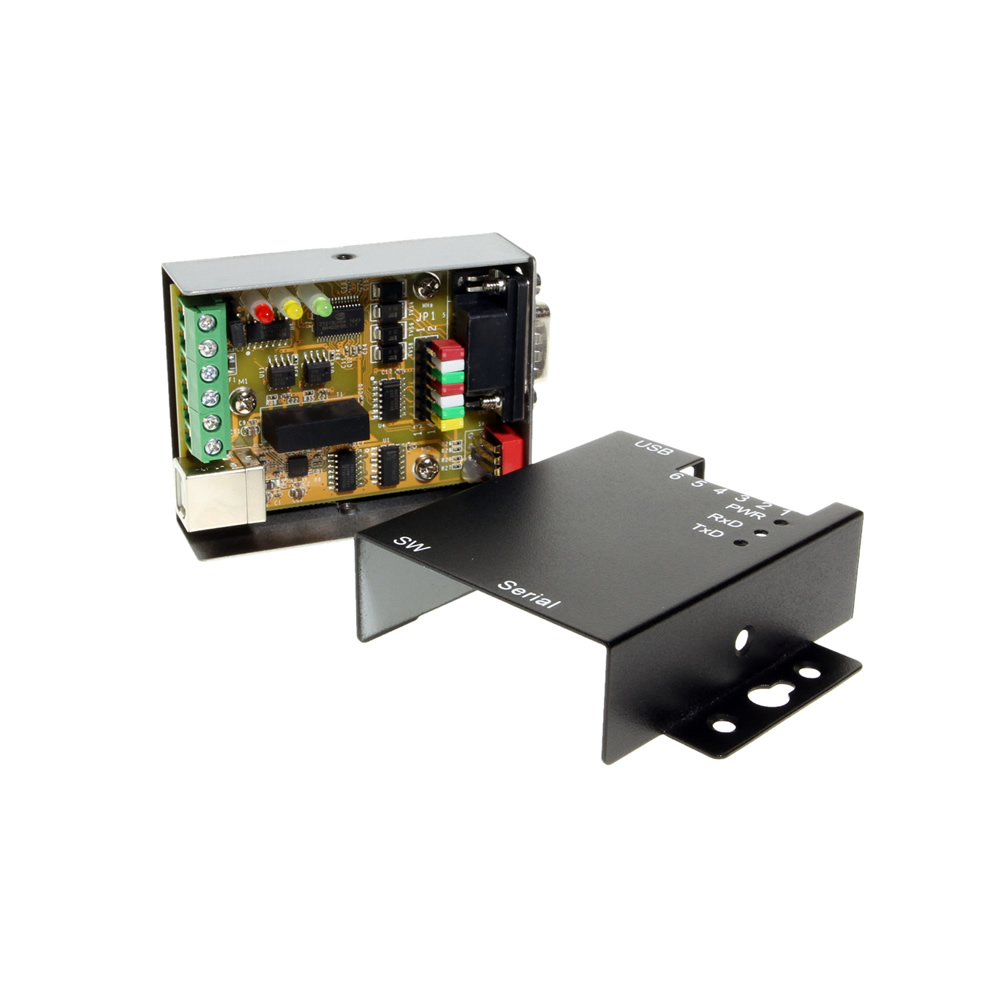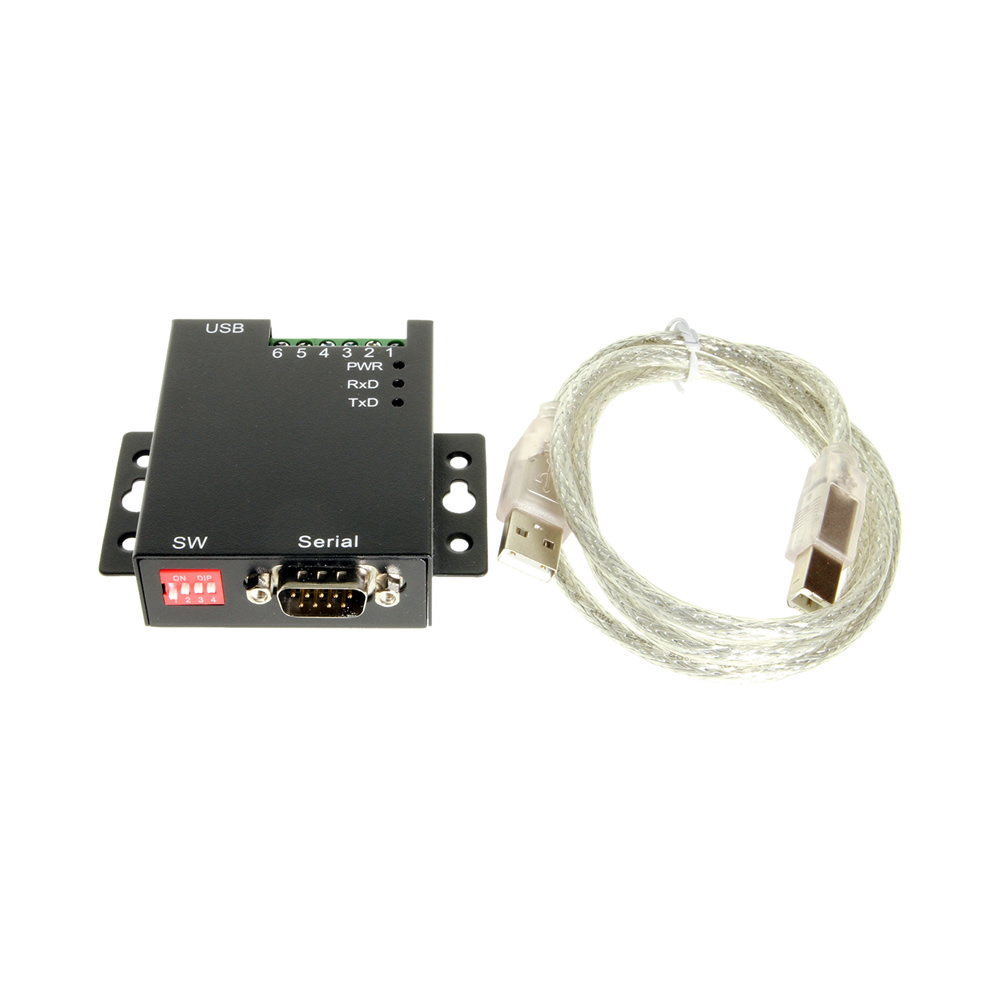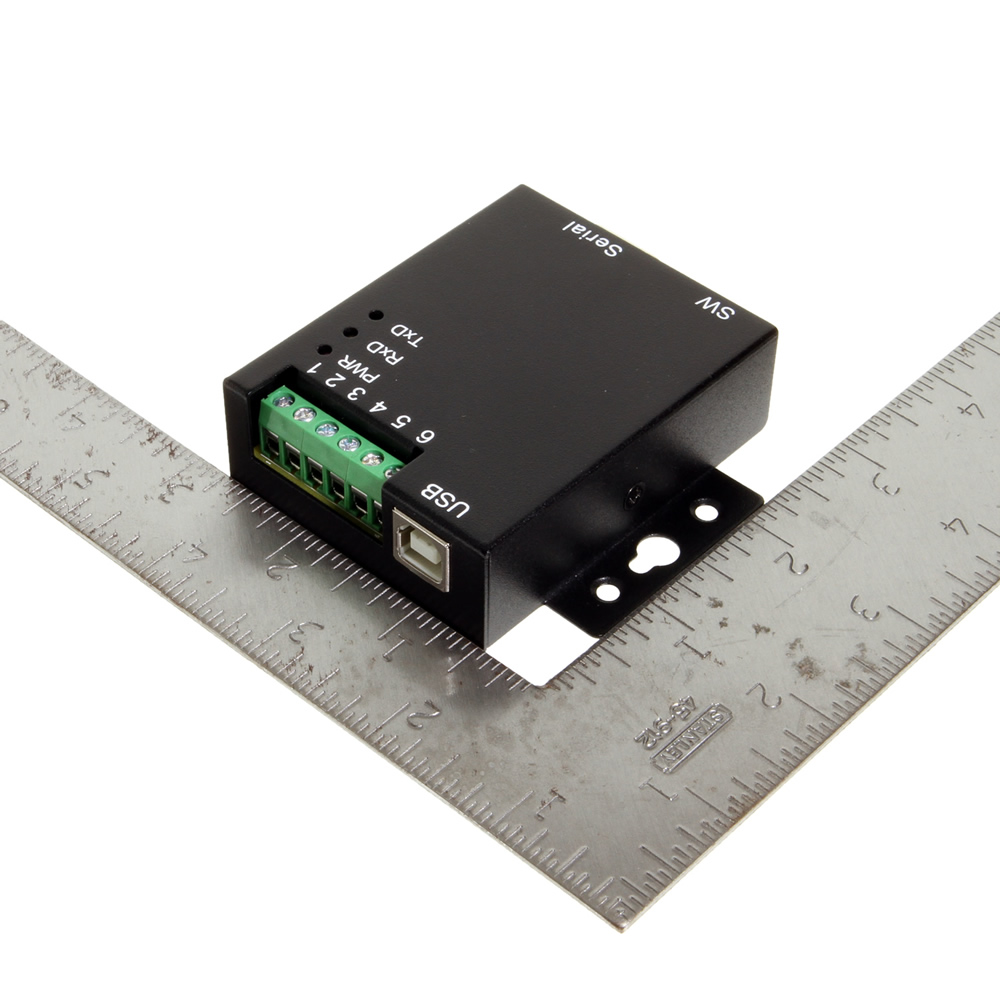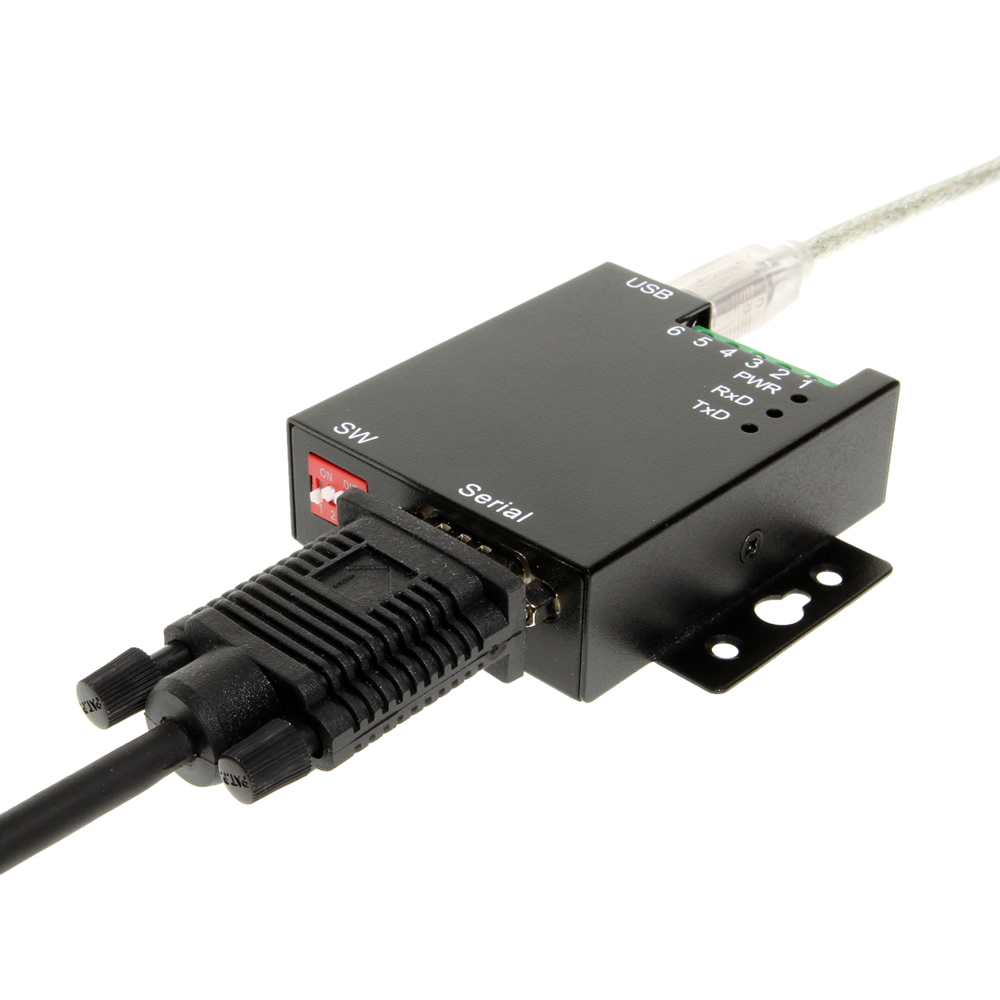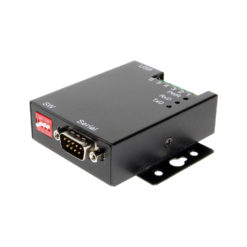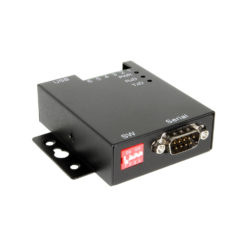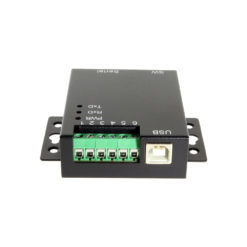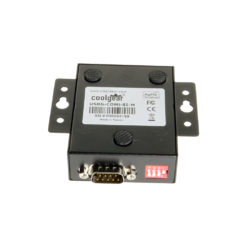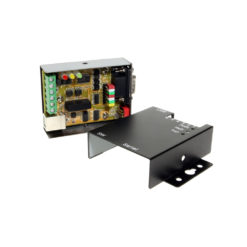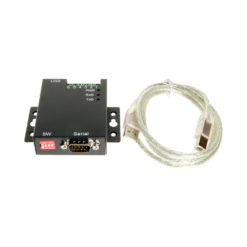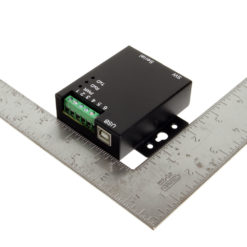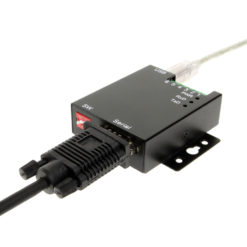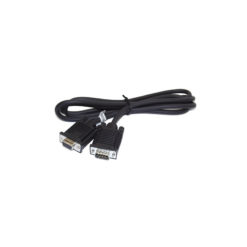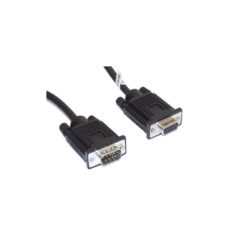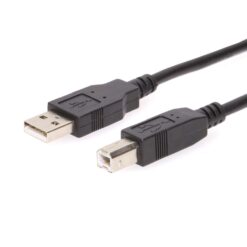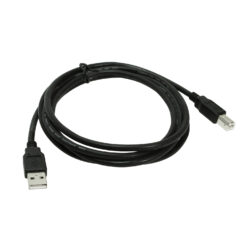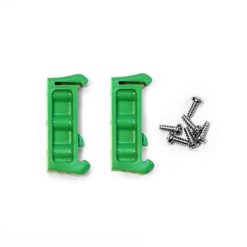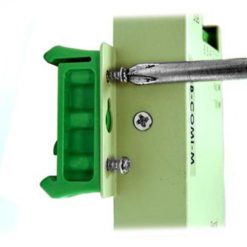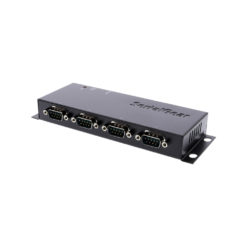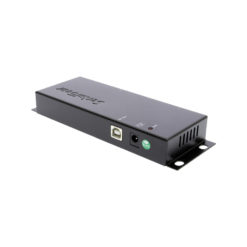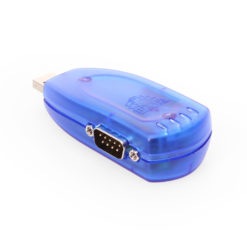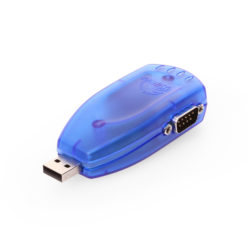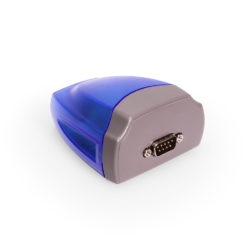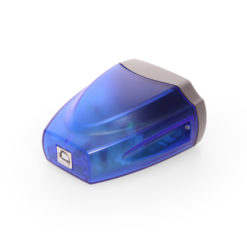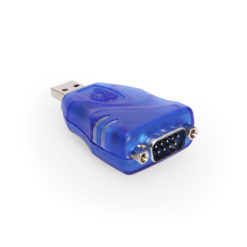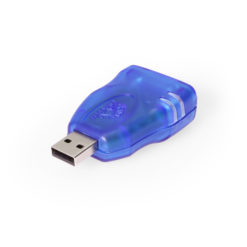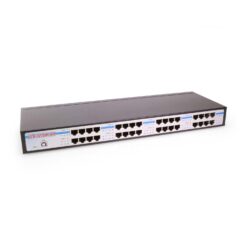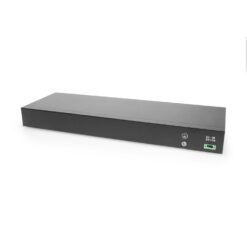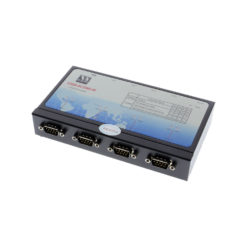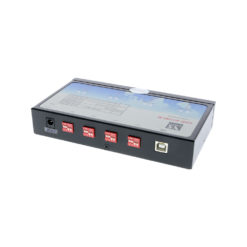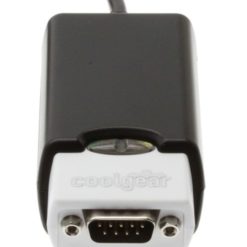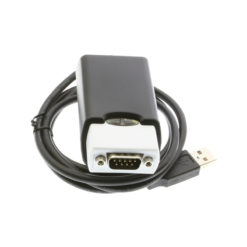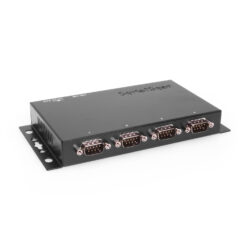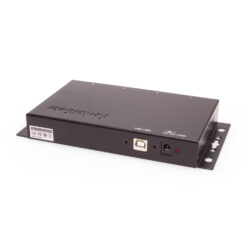Bulk Pricing
USB to Optical Adapter Industrial Isolated RS-232/422/485
RS-232 | RS-422 | RS-485 | 384 Bytes Receive | 128 Bytes Transmit
- Superior Build Quality: Housed in a rugged steel chassis with built in mountable flanges, the serial adapter hub is perfect for installations in labs, warehouses, or heavy machinery.
- Safe Industrial Connections: Designed for use with Bar Code Scanners, Time Clocks, Label Printers, Point of Sale Terminals, Receipt Printers, and more the USB to Serial Adapter offers optically isolated 15kV surge protection for connected devices.
- Effortless Port Configuration: The adapter is designed with external dip switches to set RS-232, RS-422 or RS-485 ports and different operation modes conveniently.
- COM Retention: COM Ports are fully configurable, and after reboots, port assignments are preserved.
- USB Power: Power is drawn from a USB connection, no bulky power supply or power outlet is required.
- Upstream: 1 USB port, Type B Female Connector
- Downstream: 1 Male DB9 w/ nuts, 1 6-Pin Terminal Block
- LEDs: Power, TX / RX
$131.95
In stock
Volume Pricing
| Units | Discount | Price |
|---|---|---|
| 1 - 4 | — | $131.95 |
| 5 - 11 | 3 % | $127.99 |
| 12 - 24 | 5 % | $125.35 |
| 25 - 49 | 7 % | $122.71 |
| 50+ | 10 % | $118.76 |
Product Documentation
Software & Drivers
Quick Links:
Description

Introduction:
This industrial isolated RS-232, 422, 485 USB to Optical Serial Adapter uses a host USB port at your PC or Laptop and is detected automatically in your system as a standard COM port with no conflicts. The USB-COMi-SI-M is USB port powered; no external power adapter is needed.
The USB to Optical Adapter is designed with an external 4-pin dip switch to set RS-422 or RS-485 mode conveniently, without the need to open the metal chassis. The adapter also provides a unique feature of supplying power output of 5V/150mA through pin-5 of the terminal block to serial device.

Optical isolation and surge protection are available with the USB-COMi-SI-M. The serial line of RS-422/485 port is optically isolated with 2000 volt DC optical isolation.
The optical isolation protects your PC from spikes and surges on the RS-422/485 network, by converting the electrical pulse into an optical signal and then changing it back into an electrical pulse.
The surges and spikes cannot cross the optical link. The adapter is built-in surge protector to withstand electrostatic discharge and power surges up to 25KV ESD.
The USB-to-RS-422/485 Adapter provides instant connectivity to RS-422, RS-485 communication devices for POS, factory automation equipment, multi-drop M optical adapter is built for harsh environments. The USB to Optical Industrial I/O provides an industrial solution requiring single node or multi-drop communications over short and long distance.
Features:
- Adds one RS-232, 422, RS-485 serial port by connecting to a USB port
- 2000V DC optical isolation
- 25KV ESD surge protection
- Industrial metal housing with built-in surface mounting flanges (DIN rail compatible with DIN-RAIL-CLIP)
- No need to open chassis to set operation modes- one external DIP switch for easy RS-422, RS-485 mode settings
- Installed as standard Windows COM port
- RS-232 data signals: RxD, TxD, GND, RTS, CTS
- RS-422 data signals: TxD-, TxD+, RxD+, RxD-, GND, RTS-, RTS+, CTS+, CTS-
- RS-485 4-wire data signals: TxD-, TxD+, RxD+, RxD-
- RS-485 2-wire data signals: Data-, Data+
- Automatic transmit and receive control for 2-wire RS-485 half-duplex mode
- High speed serial port with the baud rate up to 921.6K bps
- Non-standard baudrates supported
- LEDs of Power, TxD and RxD for easy port monitoring and diagnostics
- Powered by USB port, no external power adapter required
- Easy plug and play installation and RS-422/RS-485 device connection
- COM port number assigned can be changed to any COM port number required
- Works with USB 1.1 & 2.0 host port
Dimensions:
- 72.10mm (81.34mm w/flanges) (L) x 58.13mm (W) x 22.68mm (H)
OS Support:
- Windows 7, 8, 10, and Windows 11
- Linux and Mac OS 10.X (Apple signed driver)
Package Contents:
- USB to Optical Isolated serial adapter
- USB A to B cable
- Driver disc
*Surface Mounting screws not included.
Specifications
Product Specifications
| Power |
| ||||||||||||||||||
|---|---|---|---|---|---|---|---|---|---|---|---|---|---|---|---|---|---|---|---|
| Compliance |
| ||||||||||||||||||
| Physical Characteristics |
| ||||||||||||||||||
| Serial Attributes |
| ||||||||||||||||||
| Software |
| ||||||||||||||||||
| Environmental |
| ||||||||||||||||||
| Product Information |
| ||||||||||||||||||
| Hardware |
| ||||||||||||||||||
| Performance & Safety |
| ||||||||||||||||||
| Other Data |
|
Technical
DB9 RS-232 Pin-Outs
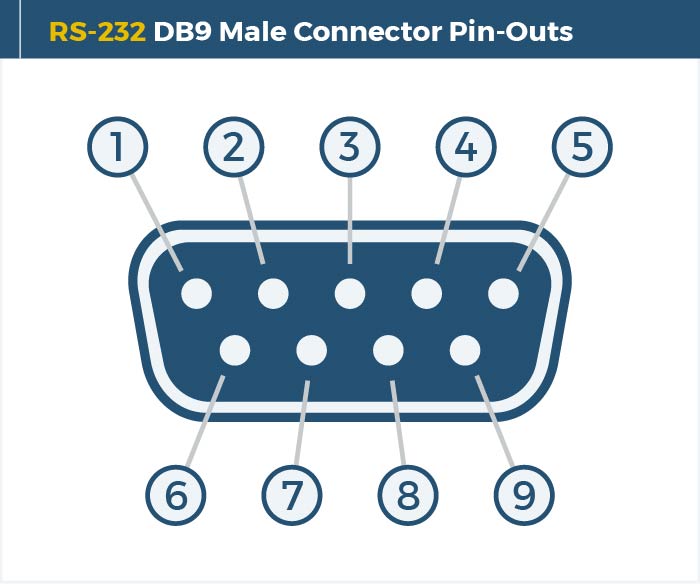
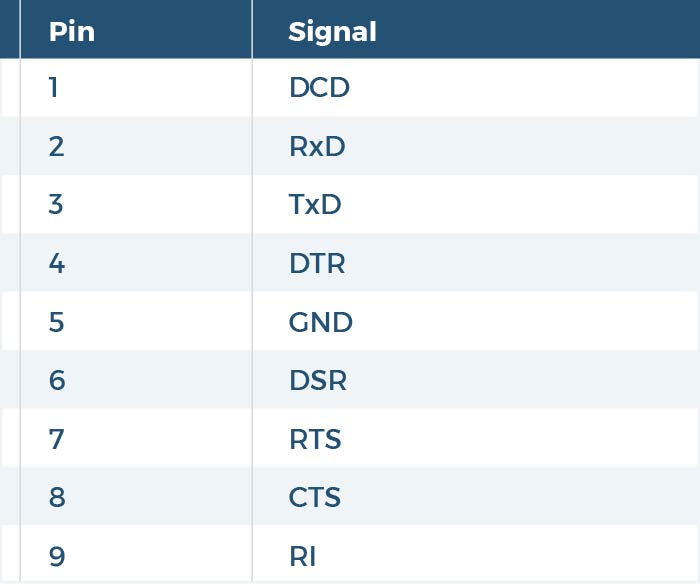
Terminal Block RS-232 Pin-Outs
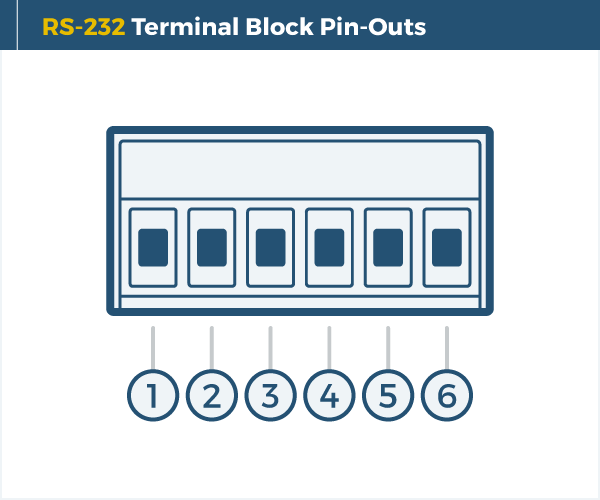
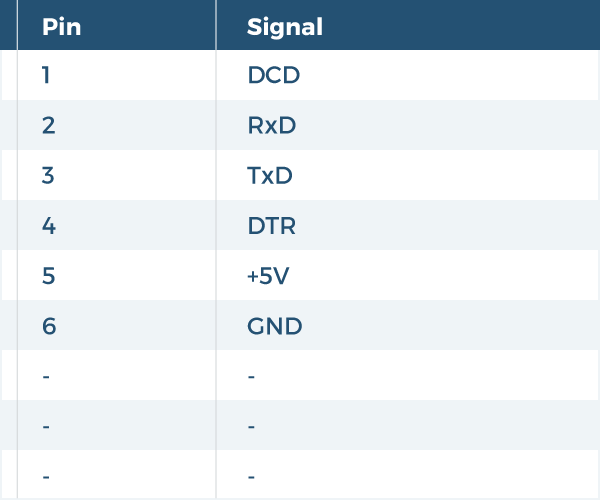
DB9 RS-422 Pin-Outs
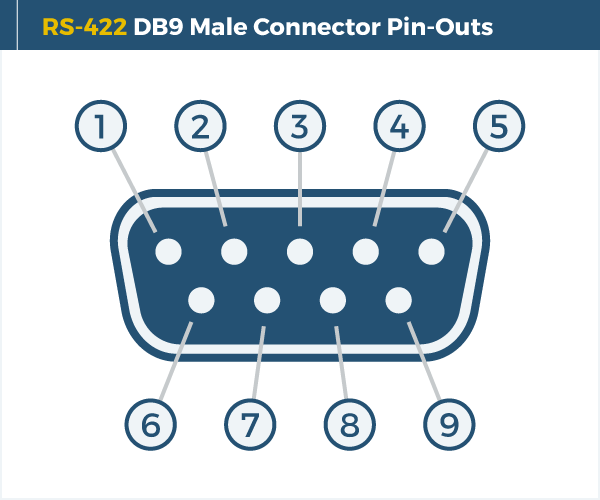
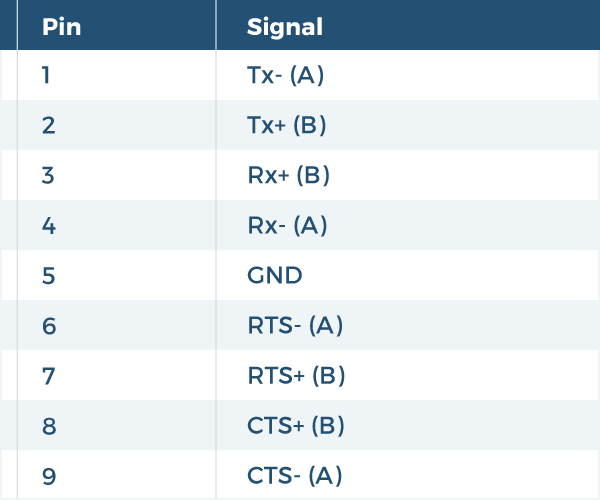
Terminal Block RS-422 Pin-Outs
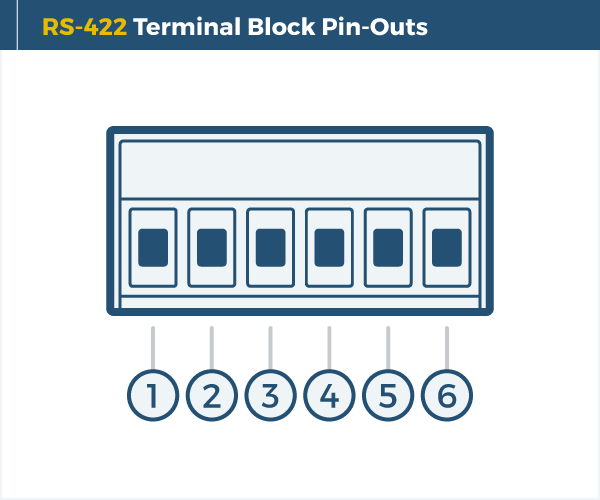
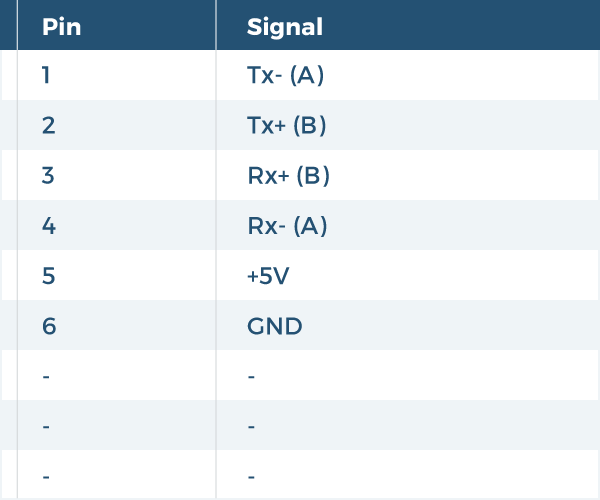
DB9 RS-485 Pin-Outs 2-Wire
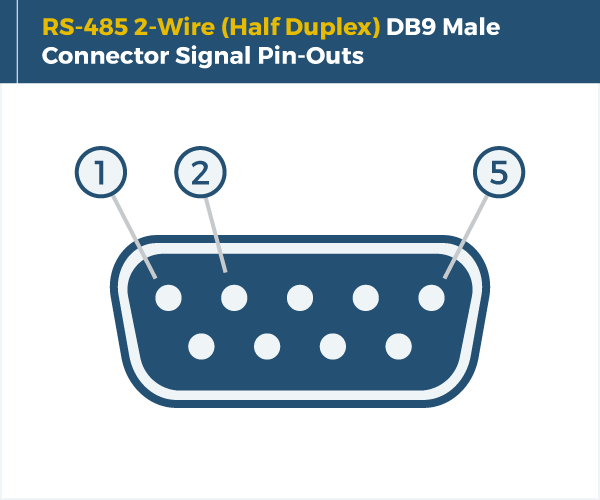
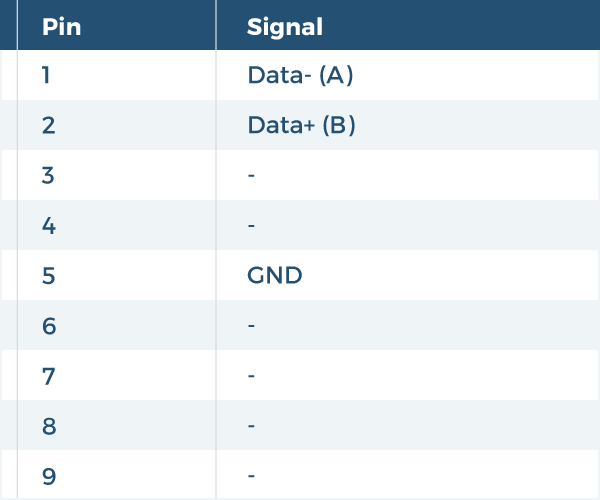
DB9 RS-485 Pin-Outs 4-Wire
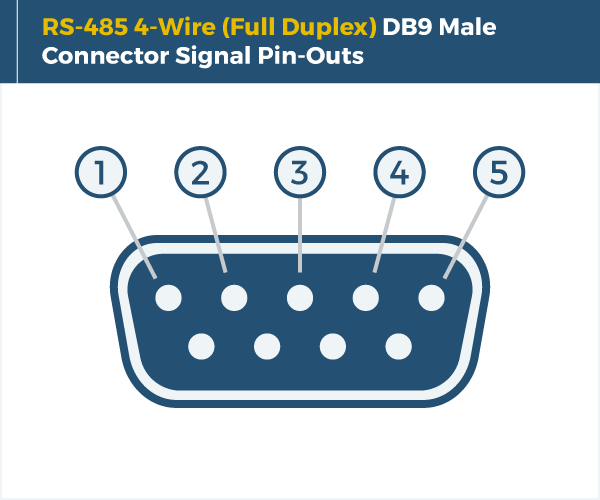
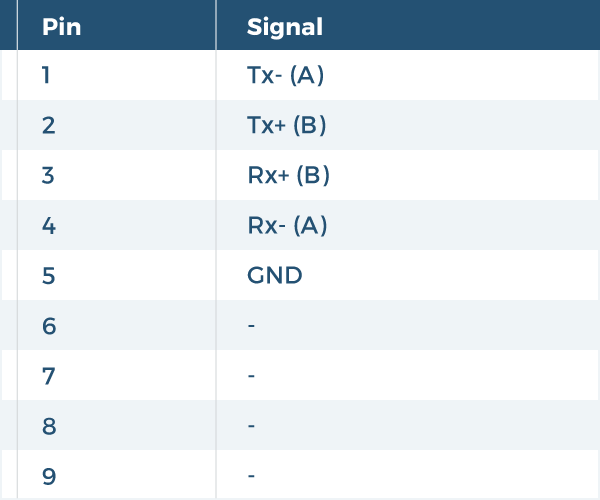
Terminal Block RS-485 Pin-Outs 2-Wire
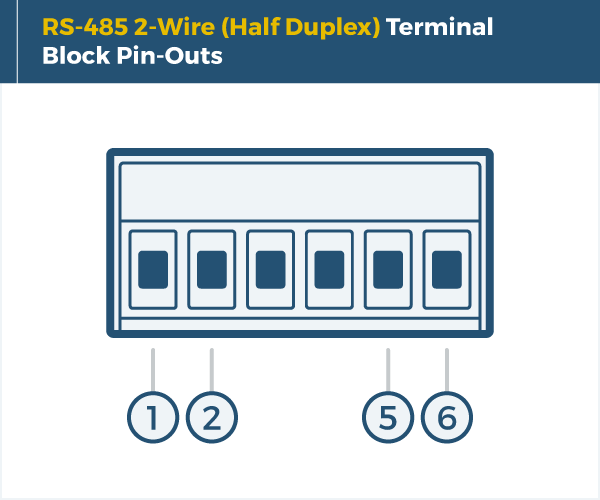
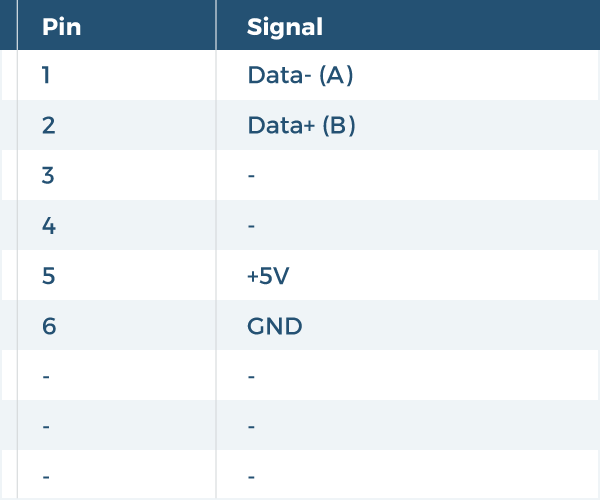
Terminal Block RS-485 Pin-Outs 4-Wire
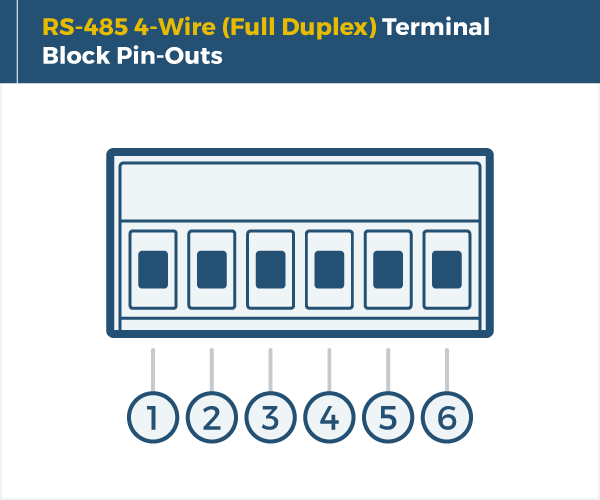
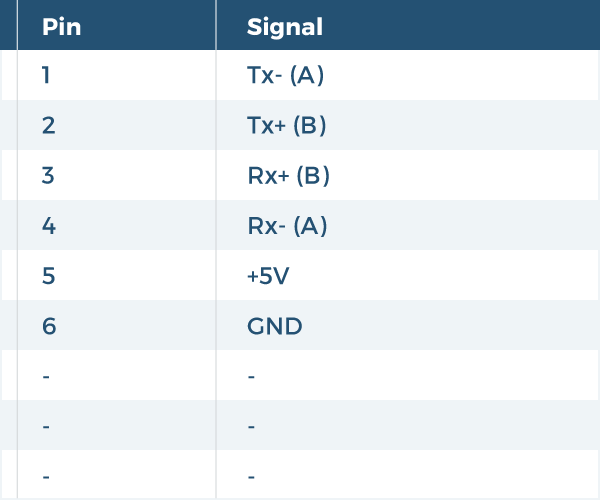
Accessories & Replacement Parts
Accessories & Replacement Parts
The Optically Isolate Serial Adapter has certain accessories that work with it. These accessories are what you can order if needed.
Model# 9DBMF5FT
$2.95In stock
Model# AB6FT-B
$6.95In stock
Model# DIN-RAIL-CLIP
$8.95Out of stock
Model# USBG-AB3B
$8.95In stock
Support
Product Documentation & Drivers
Product Documentation
Software & Drivers
Need drawings, CAD files, or other compliance documentation? Click HERE
Serial F.A.Q.
Product F.A.Q.
View frequently asked product questions below. For all serial troubleshooting, visit this page.
Still need help? Reach out!
-
How do I clean and reinstall my FTDI drivers?
View Answer
-
- Download the CDM Uninstaller HERE.
- Extract the zip file, or open the “CDMuninstallerGUI.exe” utility.
- Leave the ‘Vendor ID’ set to 0403 and ‘Product ID’ set to 6001.
- Click Add.
- Click Remove Devices.
- Download the corresponding driver for your operating system and follow on-screen prompts. Windows Driver | MacOS Driver
-
-
How can I change my device’s COM port?
View Answer
-
- Click on Start and navigate to the Control Panel
- Locate and click on Device Manager
- Under “Ports (COM & LPT)” you will find your serial device titled “USB Serial Port” along with its current COM Port.
- Right click on “USB Serial Port” and click on Properties.
- Navigate to the “Port Settings” tab and click on “Advanced…”
- Once there, the “COM Port Number:” can be changed with a dropdown menu to select the port number.
- Click your desired port number (i.e. COM2) and click “OK”.
- Click “OK” once more.
- Your serial device is now assigned to your chosen COM Port.
-
-
How do I check to ensure the COM port is listed properly in Windows?
View AnswerTo ensure your serial device is installed properly, complete the following:
- Press Windows Key + R to open the Device Manager. Once Run comes up, type “devmgmt.msc” into the text field and press Enter.
- Expand the section labeled, Ports (COM & LPT).
- You should now see a COM number in brackets to the right of each port. If the device is installed properly, no exclamation points or question marks should be present next to the device.
-
I have everything hooked up, but nothing is functioning correctly.
View AnswerTo rule out potential issues, quickly test your individual components to ensure that they are working correctly individually, and are not the source of the problem:
- Serial cables
- Serial ports
- Serial devices
Test your components by:
- Hook up the serial cable(s), serial port(s), and serial device(s) in a different setup to see if the issue stems from a particular component, or the setup as a whole.
- Replace the serial cable, port, or device within your setup to further troubleshoot the issue’s origin.
When testing cables:
- Test each cable individually.
- Use short cables when you are testing.
When testing serial ports and devices:
- Press the Windows key + R, in Run, type devmgmt.msc, and press Enter to open the Device Manager. You can then check to see if your device is listed under Ports (COM & LPT).
- Ensure that the COM port number is the correct number for the serial device and that the software being used to connect the computer to the serial device uses the correct COM port number.
- If the device is listed with an error, follow the instructions on the website to reinstall the drivers.
-
Serial communication is not functioning correctly, how can I tell if the problem caused by the adapter or my serial software application?
View AnswerOlder serial communication applications make use of legacy hardware addresses, often incompatible with PCI, PCIe, and USB to Serial products. Contact the software provider to troubleshoot.
-
I am receiving an error when I try to install the drivers in Windows 8 64 bit.
View AnswerDriver Signature Enforcement in Windows 8 may need to be disabled in order to use various drivers. After disabling this feature, the driver will be allowed to install.
Note: You are required to restart your computer after disabling the Driver Signature Enforcement. Save all open work on your computer.
Disable driver signature enforcement:
- Press the Windows key + C.
- Click Settings > Change PC Settings.
- In the left pane, click General.
- In the right pane, under Advanced startup, click Restart now.
When your system restarts:
- Click Troubleshoot > Advanced options > Startup Settings > Restart.
- Press 7.
When your computer restarts, Driver Signature Enforcement will be disabled and you can install the drivers.
-
I am receiving an error when I try to install the drivers in Windows 10 64 bit.
View AnswerDriver Signature Enforcement in Windows 10 may need to be disabled in order to use various drivers. After disabling this feature, the driver will be allowed to install.
Note: You are required to restart your computer after disabling the Driver Signature Enforcement. Save all open work on your computer.
Disable Driver Signature Enforcement:
- Click the Windows icon in the taskbar.
- Click Power.
- Press and hold the Shift key and click Restart.
After your computer restarts:
- Click Troubleshoot > Advanced Options > Startup Settings > Restart.
- Press 7.
When your computer restarts, Driver Signature Enforcement will be disabled and you can install the drivers.
-
Why did the software not install properly in macOS High Sierra (10.13) or later?
View AnswerHigh Sierra 10.13 and later versions of macOS enforce strict security policy revisions. In order for the device to operate, software packages like those used in this installation must be allowed in macOS Security and Privacy settings once the software is installed.
Once the driver/software is installed, follow these steps to allow the software:
- Open System Preferences.
- Open Security & Privacy.
- Click the Allow button near the bottom of the General tab.

